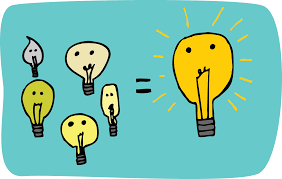In today’s digital era, user interface (UI) design plays a crucial role in creating intuitive and engaging experiences for users. One key aspect of UI design is the effective use of menu icons. ...
In today’s digital age, videos have become an integral part of our online experience. Whether it’s for entertainment, education, or marketing purposes, videos have the power to captivate ...
Introduction
Welcome to our comprehensive guide on Creative Memories albums. As a leading provider of high-quality albums and scrapbooking materials, we ...
Introduction
Welcome to our comprehensive guide on discovering exciting and creative remote jobs. In this article, we will explore various remote job opportunities that allow you to unleash your potential and thrive ...
Introduction
Welcome to our comprehensive guide on the remarkable subject of Creative Intelligence. In this article, we delve deep into the captivating realm of human creativity, exploring its profound impact on ...
Introduction
In today’s highly competitive business landscape, staying ahead requires more than just conventional strategies. It demands a fresh perspective, innovative thinking, and the ability to adapt quickly ...
Introduction
In today’s digital age, creative marketing has become an essential strategy for businesses to thrive and succeed. The ability to stand out from the competition and captivate your target audience ...
Introduction
We understand the importance of creative problem-solving in today’s fast-paced and competitive world. In this article, we will ...
Introduction
In today’s digital age, where communication takes various forms, symbols have become an integral part of our visual language. Symbols hold immense power in conveying complex ideas, emotions, and ...
Introduction
Welcome to our comprehensive guide on creative escape ideas for mindful living. In this article, we will explore ten unique and engaging activities that promote relaxation, self-reflection, and a deeper ...









